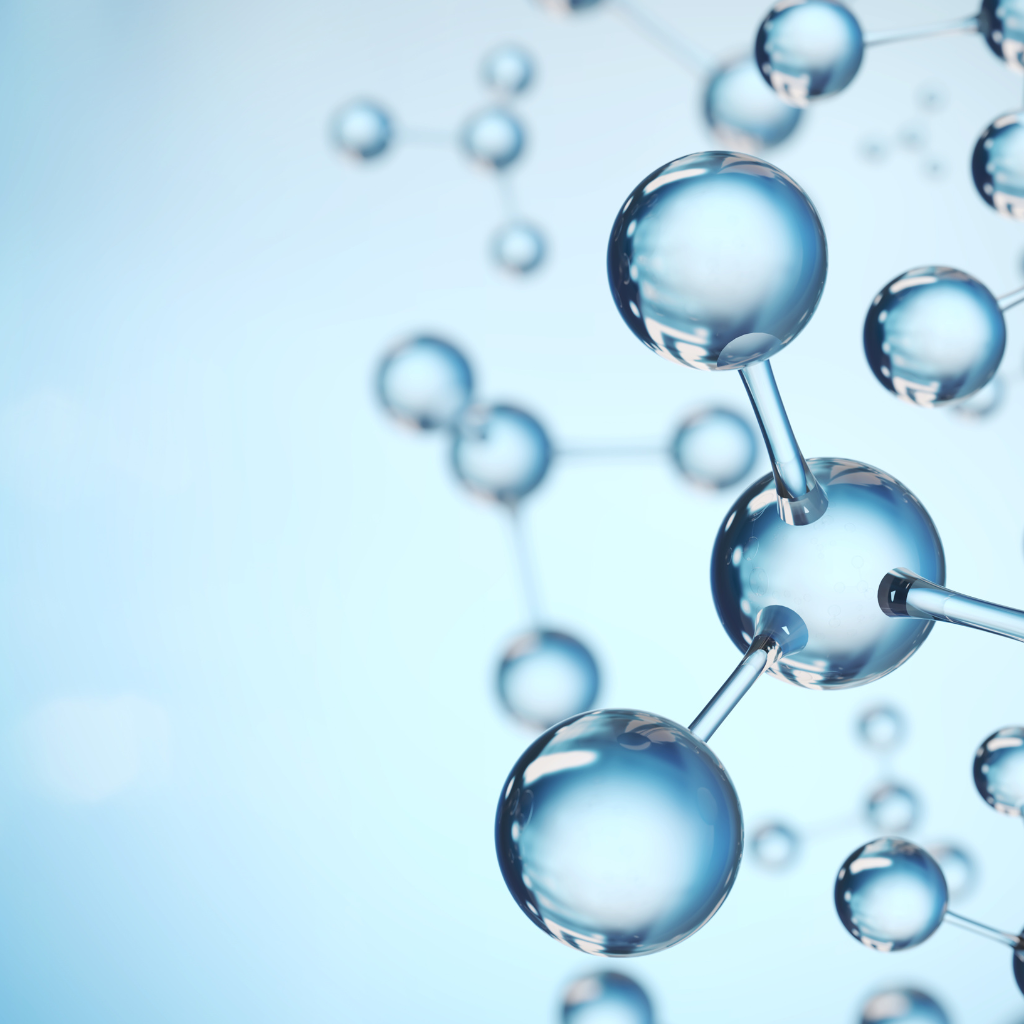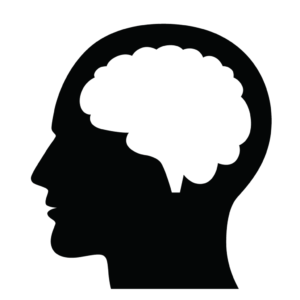Simplifying the Science Behind Semaglutide

Weight Loss Magic: Your Gut Whispers "Full" Instead of "Feast"
Have you ever wondered why the sight of a freshly baked donut can send your tummy grumbling, or why a delicious meal leaves you feeling satisfied for hours? The answer lies in the fascinating choreography of hormones – tiny chemical messengers that orchestrate everything from hunger and fullness to cravings and digestion. But they’re not alone in this intricate dance. Joining them are the unsung heroes – GLP-1 agonists, (semaglutide), microscopic marvels that can transform your relationship with food and influence your overall well-being.
Meet the GLP-1 Agonists: Your Microscopic Marvels

Imagine these superheroes, disguised as molecules, roaming your body, seeking out specific targets called GLP-1 receptors. These receptors reside in two key areas: your brain, the control center for cravings and hunger, and your gut, the digestion headquarters. By binding to these receptors, GLP-1 agonists trigger a cascade of positive effects, subtly tweaking your internal workings for a healthier you.
Brain-Gut Connection: The Conversation Behind Hunger and Fullness

Picture your brain and gut as partners in a constant dialogue. GLP-1 agonists act as translators, ensuring clear communication. When they activate receptors in your brain, they send a message: “Hey, we’re full!” This signals your brain to hit the brakes on hunger, letting you feel pleasantly satisfied. It’s like a harmonious conversation between your head and your stomach, keeping you balanced and comfortable.
Hypothalamus Heroes: Outsmarting Cravings for a Healthier You
These clever superheroes also target the hypothalamus, the brain region responsible for cravings. Think of them whispering, “Let’s pass on those sugary treats!” They gently suppress desires for high-calorie foods, guiding you towards healthier choices without feeling deprived. It’s like having a built-in support system for making smart decisions about what goes on your plate.
Semaglutide
We offer semaglutide at LOW prices that don’t change with your treatment. No Hidden Fees

Gut Buddies: Extending Your Feeling of Fullness
But the action doesn’t stop there! GLP-1 agonists head down to your gut, where they work their magic on stomach emptying. Imagine them gently slowing down the process, allowing fullness signals to linger longer. This keeps you feeling satisfied for extended periods, preventing those annoying hunger pangs that disrupt your day.
Dopamine: The Reward Guru and GLP-1's Moderating Partner
A Symphony of Hormones
Now, let’s introduce another key player: dopamine, the excitable cheerleader in your brain who showers you with praise and excitement every time you enjoy something pleasurable. When you eat delicious food, dopamine jumps for joy, sending a rush of “feel-good” signals. This positive reinforcement motivates you to seek out similar experiences, potentially leading to overeating.
However, things can get a little out of hand. Dopamine, like any enthusiastic cheerleader, can get overexcited, especially when presented with highly processed, sugary foods. These trigger an intense dopamine surge, making you crave them even more, potentially leading to unhealthy choices.
There has been some research done to asses if GLP-1 agonists come in, acting as the wise coach to dopamine’s enthusiastic cheering. Semaglutide’s appetite-suppressing effects might be partially mediated by dopamine signaling in the brain’s reward pathways.
Studies suggest semaglutide may increase dopamine release in specific brain regions, potentially contributing to its satiety-inducing effects. However, the exact mechanisms and extent of this interaction are still being investigated.
1.
The interaction between dopamine, GLP-1 agonists, and other hormones like leptin (the satiety hormone) and ghrelin (the hunger hormone) creates a complex orchestra within your body. GLP-1 agonists act as conductors, harmonizing the signals these hormones send, leading to a more balanced and healthy relationship with food.
Embracing a Healthier Tomorrow with Your Hormone Helpers
Think of GLP-1 agonists as your personal health cheerleaders. They’re not just medication; they’re allies on your journey towards a healthier you. They gently nudge you towards better choices, helping you manage weight, control cravings, and feel vibrant.

Celebrating Our Inner Heroes: A Toast to Wellness
So, let’s raise a glass to the unsung heroes within us – the hormones and GLP-1 agonists! These tiny powerhouses work tirelessly to regulate our inner systems, paving the way for a healthier and happier future. By understanding their mechanisms and embracing their influence, we can embark on a journey of transformation, as we understand the intricacies of the human body.
Additional Resources
1. Dulaglutide reduces dopamine tissue levels in reward-related brain regions: Vallöf M, Nordin A, Belfrage P, et al. Dulaglutide treatment for 9 weeks decreases dopamine tissue levels in the amygdala and striatum of rats, relative to vehicle. PLoS One. 2020 Feb 25;15(2):e0228054. doi: 10.1371/journal.pone.0228054.
2. Liraglutide decreases dopamine release in the nucleus accumbens in response to food cues: Zheng F, Wang Y, Wu X, et al. Liraglutide decreases dopamine release in the nucleus accumbens evoked by conditioned stimuli in rats. Int J Mol Sci. 2019 Jan 7;20(1):168. doi: 10.3390/ijms20010168.
3. Semaglutide increases dopamine reuptake and clearance in the striatum: Jensen TH, Mikkelsen JD, Sørensen AT, et al. Liraglutide and semaglutide increase dopamine clearance and reuptake in the striatum of rats: a potential mechanism for their appetite-suppressing effects. Neuropharmacology. 2020 Apr;172:108205. doi: 10.1016/j.neuropharm.2020.108205.
4. GLP-1 receptors are expressed in the VTA and modulate dopamine signaling: Cork EC, Richards DA, Dunn AJ, et al. Distribution and localization of Glucagon-like peptide-1 receptor-expressing neurons in the mouse mesoaccumbens dopamine system. J Comp Neurol. 2015 Apr 1;523(3):405-24. doi: 10.1002/jcn.23709.
5. GLP-1 agonists influence dopamine signaling indirectly through GABA and glutamate: Wang Z, Xi T, Gao T, et al. GLP-1 neurons in the lateral hypothalamus project to the VTA and modulate dopamine neuron activity. Mol Psychiatry. 2015 Apr;20(4):440-9. doi: 10.1038/mp.2014.62.
These are just a few examples, and many other studies are exploring this complex relationship. The field is rapidly evolving, and new findings are constantly emerging.